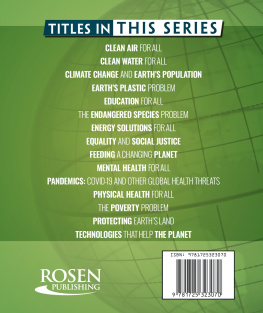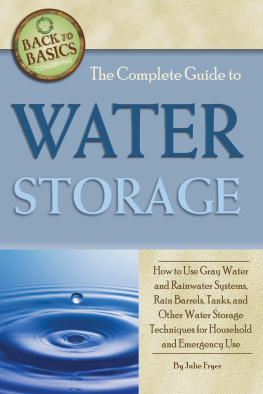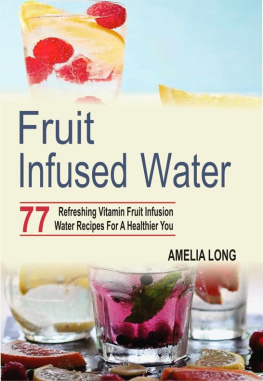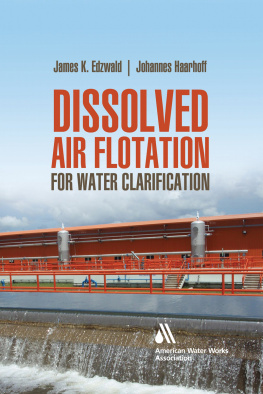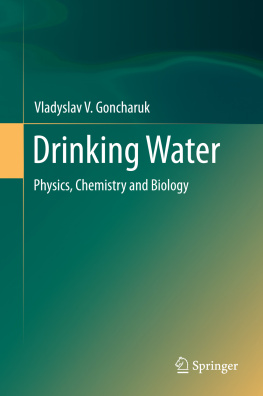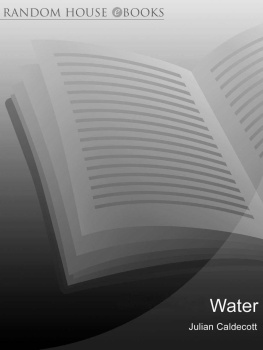Contents
Guide
Page List
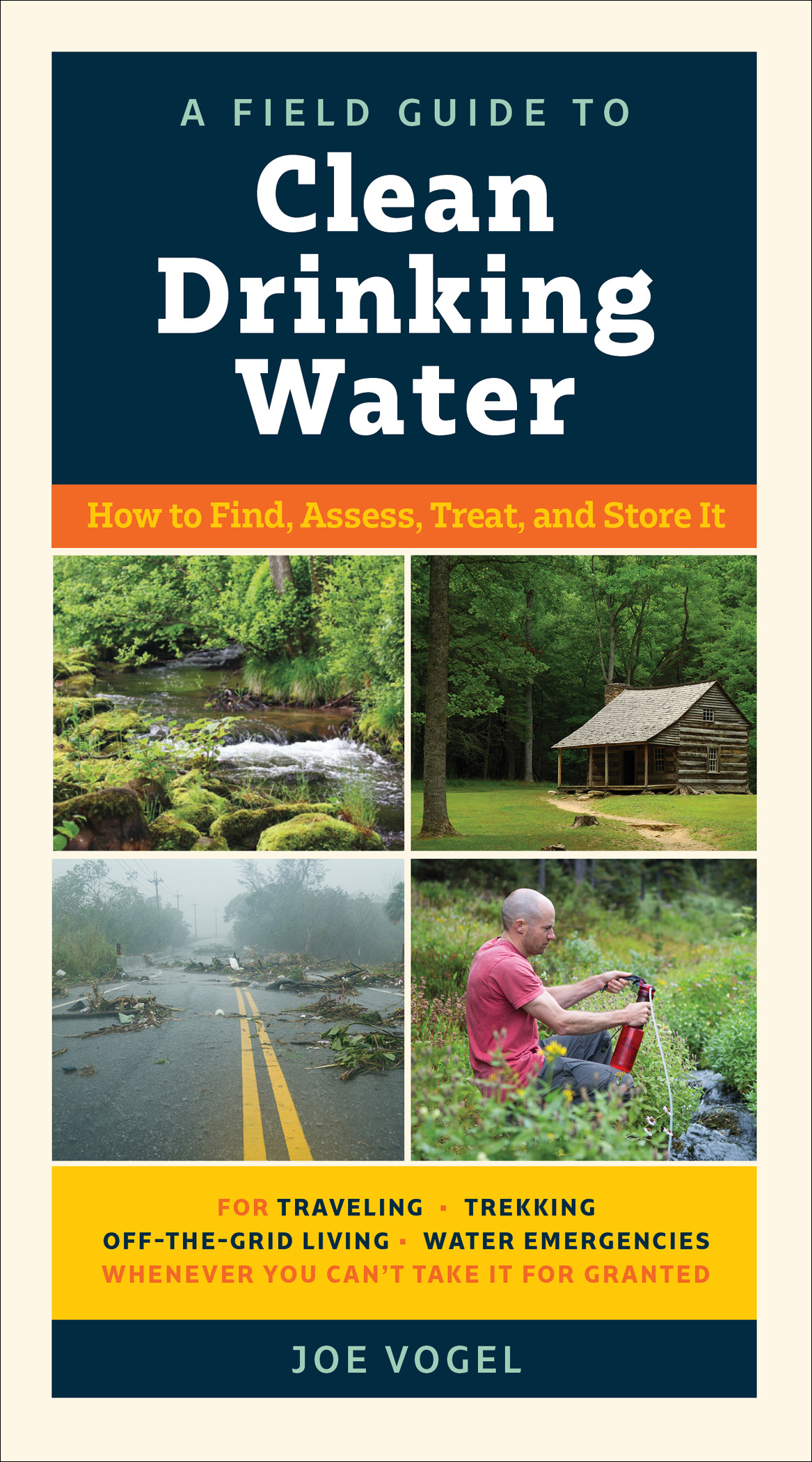
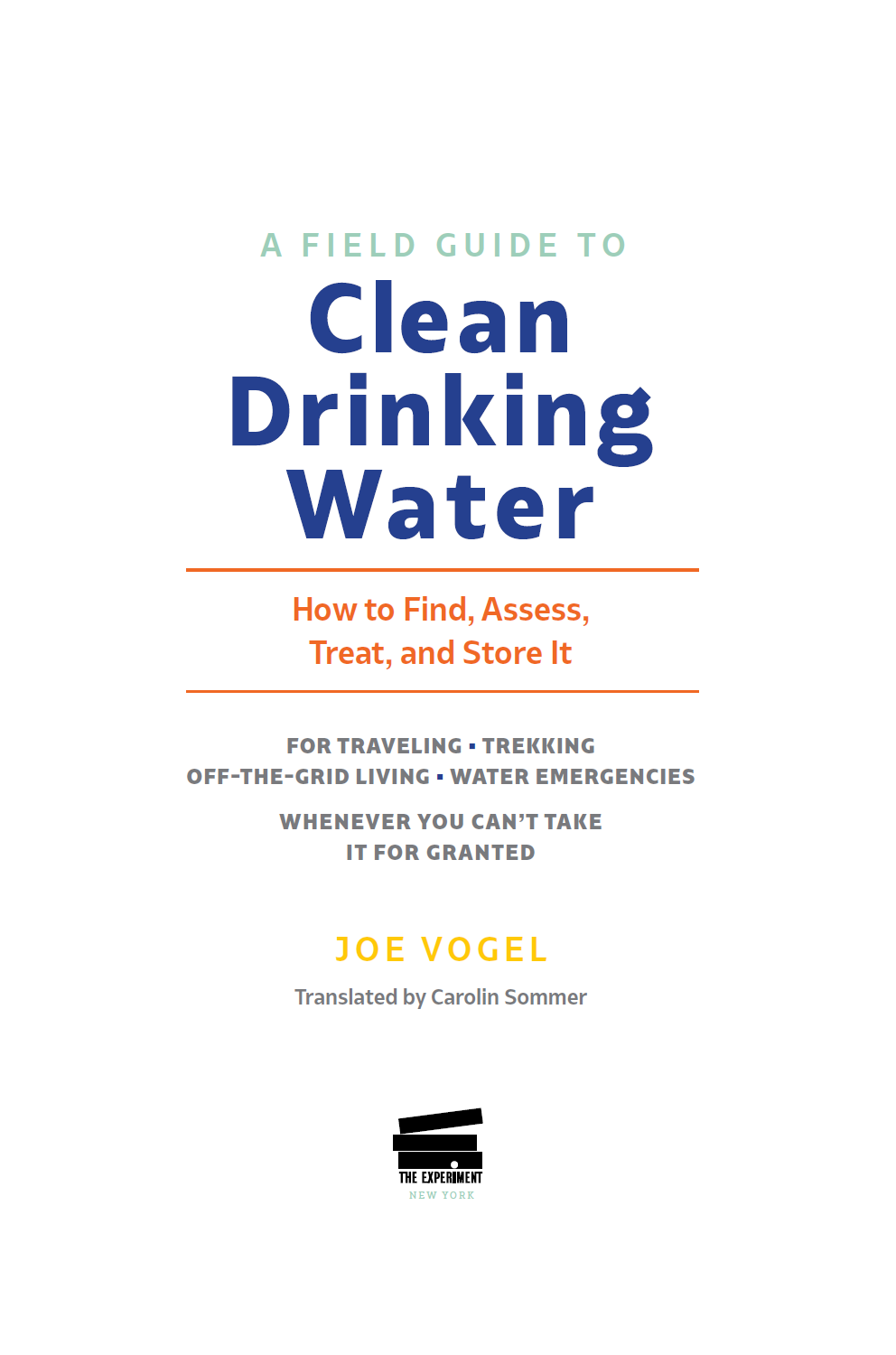
Contents
Preface
Unless you go on extreme travel adventures or take part in expeditions in the developing world, you wouldnt normally worry about water or where it comes from. And why should you?
The most important ingredient of life for all creatures on Earth has become a means not only for washing, bathing, or flushing toilets, but also as a cooling agent during energy production and to form the basis of steel and paper manufacturing. In the form of rivers, it serves as a means of transportation and as a dumping ground for industrial waste, toxins, and sewage.
In some areas where drinking water is in short supply, large companies pump water from the ground and sell it in bottled form back to a suffering population who can no longer use their own wells due to the subsequent drop in the water table. (It is these sealed bottles, by the way, that tourists rely on as a seemingly safe source of drinking water.)
And yet, apart from clean air, drinking water is the most important ingredient for lifeno wonder access to water is considered to be a human right, given that we need clean water and air just as much as we need solid food.
When I say drinking water, the image that likely comes to mind is the glass of water that comes courtesy of your tap, but when talking about drinking water from a global perspective, I also include in that water from almost all lakes and streams in remote areas in North America. Compared to the water quality of the rivers of Asia, Africa, South America, and Russia, water from these sources can be considered drinking water rather than ordinary river water or even wastewater.
My personal philosophy is: If its clean enough to swim in, its clean enough to drink.
However, that hasnt always been the case. For most of the twentieth century, the Potomac River, for example, was a dangerously contaminated, filthy soup, highly polluted with heavy metals, chemicals, and raw sewage, all of which were released almost entirely untreated into the water.
Since the introduction of the 1972 Clean Water Act, the quality of surface waters in the USA has improved significantly. Today we have a situation in the West where the continuous improvement of sanitation networks has gone hand in hand with what appears to be a practically guaranteed supply of clean water. Should that supply actually fail for a longer period of time, we have enough drinking water in our natural surface reservoirs, such as the Great Lakes, to last for decades.
Nonetheless, it remains to be seen how much the water situation in North America will be affected over the next few decades by climate change (which is undeniably happening). Even a small rise in sea levels can have a substantial impact on groundwater salinity. Failing rains or abnormal spring floods can affect the availability of raw water: Sanitation networks depend on average rainfall; too little rain can have a detrimental effect on waste removal and cleaning of the sewage pipes as well as reducing the availability of raw water. On the other hand, too much precipitation can contaminate surface waters and put a strain on the sewage network. North America is already regularly affected, and by all accounts increasingly so, by natural disasters that have a detrimental effect on the water supply.
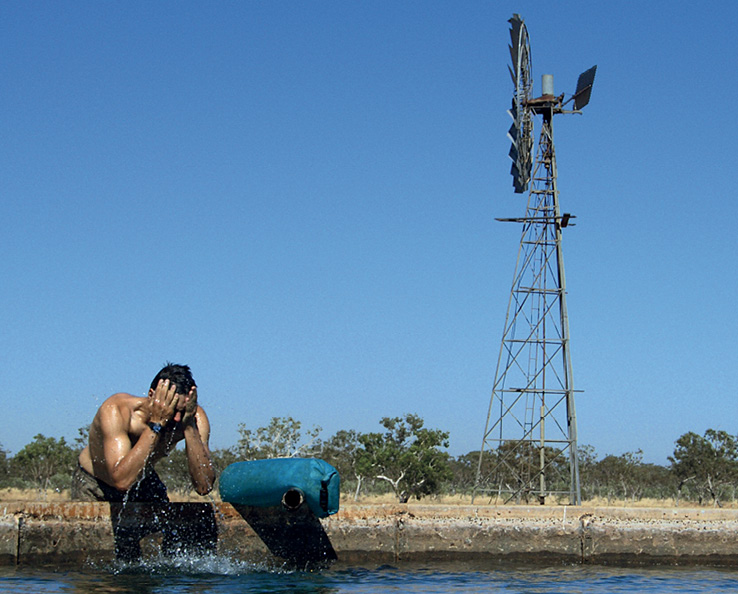
After days of dwindling water reserves in a semidesert, water reserves can at last be topped up againand the first opportunity of a shower in over a week.
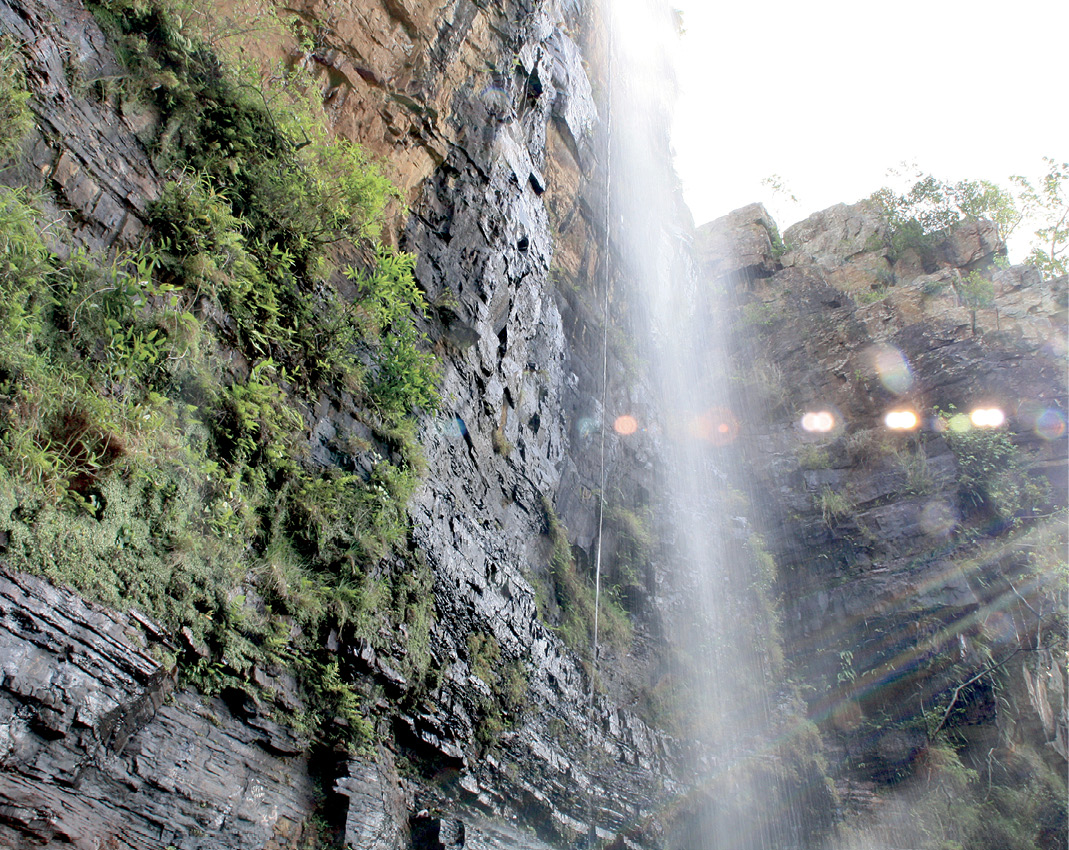
Life is only sustainable where there is water.
Unfortunately, human physiology is not at all designed for barren spells. And so, from the very first beginnings, humans have always settled near water. It wasnt by chance that the first advanced civilizations developed by the Tigris and the Euphrates, the Nile, and the large inland lakes. Humans have always needed one thing above all as a means of transportation and a source of food: waterreliably, and on a daily basis. The loss of a water supply has been the downfall of entire civilizationsfor example, when the distributaries in the Nile Delta silted up, cities were deserted, and entire peoples went on the move.
Throughout our developmental history, humans never had to go without a constant water supply for any periods of evolutionary consequence. This explains why, compared to other animals, the human metabolism is downright wasteful with its stored fluids. This manifests itself in our daily water requirements and in the swiftness with which death occurs when were without water.
At moderate temperatures and normal activity levels, humans need between two and three liters of water a day. With increased temperature and activity, however, this requirement soon rises. For example, while acclimating in hot areas and with high activity levels, I drink between five and eight liters daily for several days. If under such conditions our bodys need for water increases due to illness, our supply of water is lost due to leakage, or our reserves run low, the situation can quickly turn dangerous.
Usually, the reasons are trivial. Sometimes the pressure of a whole nation using air conditioning in the summer can lead to power outages that prevent water towers from being replenished. An average flood might be all that is needed to distribute leaked effluent not only over fields but also into surface waters that serve as reservoirs. After a few days, the risk of an epidemic becomes high. We have seen several such cases in recent yearsfor instance, in the US in Puerto Rico after Hurricane Maria in September and October of 2017, or in Europe with the great southeast European floods in May 2014.
Individual and extreme travelers or even those on package tours put themselves in additional danger. Due to their crumbling or only recently established infrastructure, developing countries, and that includes many popular holiday destinations, are often unable to restore the supply of drinking water in unforeseen circumstances. This is a risk even in so-called developed countries (as illustrated by the most powerful nation on Earth in August 2005, when Hurricane Katrina led to an acute failure of emergency services and the militarys inability to support its civilian population).
Many ordinary trekkers came to realize this in 2015 when they were alerted with a literal jolt to the importance of improvised water treatment when the water supply of one of the worlds great hiking destinations was effectively thrown back to a preindustrial state. In April that year, a massive earthquake shook the remote country of Nepal in the southern Himalayasin peak tourist season. With an epicenter located not far from the capital, Kathmandu, the quake was followed by several powerful aftershocks.
The 2015 Nepal earthquake highlights the importance of improvised water supplies for travelers. Given that it contained virtually all the relevant factors of a water emergency, we will briefly analyze the situation in more detail here.
When the quake struck, in addition to the expeditions exploring the foothills of Mount Everest, there were also thousands of backpackers in Nepals towns and cities, with many hundreds more trekking through the extensive tourist regions around the Annapurna massif and other remote areas. These travelers (many of whom were carrying a copy of this book) were just as affected by the subsequent disaster as the local population.


